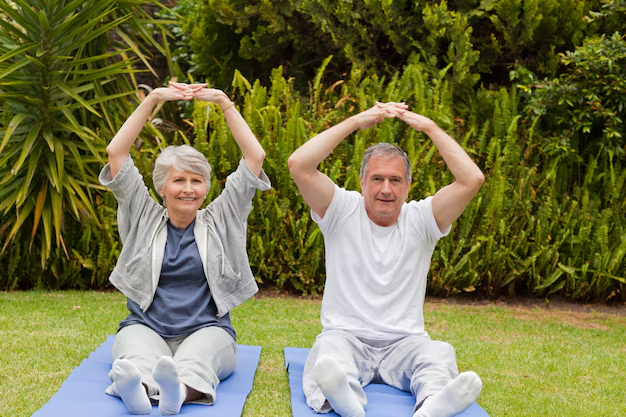Discover Effective Strategies to Manage Osteoporosis
Osteoporosis is a common health condition that affects millions of people, leading to weakened bones and an increased risk of fractures. Understanding how to help osteoporosis is crucial, not only for preventing further bone loss but also for maintaining a vibrant, active lifestyle.
Embrace a Bone-Healthy Diet
Nutrition plays a critical role in bone health. A diet rich in calcium and vitamin D is paramount. Incorporate dairy products, leafy greens, and fortified foods into your meals. Vitamin D helps your body absorb calcium effectively, so ensure you get enough sunlight or consider supplements after consulting a healthcare provider.
Stay Physically Active
Exercise is a vital tool in preventing and managing osteoporosis. Weight-bearing and resistance exercises, such as walking, dancing, and lifting weights, are particularly beneficial. These activities help maintain bone density and improve balance, reducing the risk of falls. Always consult a healthcare professional to tailor a safe and effective exercise plan suitable for your needs.
Medication and Supplements
For some individuals, medication is necessary to slow bone loss or stimulate bone growth. If prescribed, it’s crucial to follow your healthcare provider's instructions carefully. Additionally, calcium and vitamin D supplements might be recommended, especially if dietary intake is insufficient.
Regular Health Checkups
Consistent monitoring of bone health through regular checkups can help track osteoporosis progression. Bone density tests, such as a DEXA scan, measure bone strength and determine the effectiveness of treatment. Early detection and intervention are key to managing the condition effectively.
Lifestyle Modifications
Adapting your lifestyle can significantly impact bone health. Avoid smoking and excessive alcohol consumption, both of which weaken bones. Additionally, make home adjustments to prevent falls by removing tripping hazards, improving lighting, and using assistive devices if necessary.
Explore Financial Assistance Options
Managing osteoporosis often comes with associated costs for medication, supplements, and healthcare services. Thankfully, there are numerous financial assistance programs available to ease these burdens.
Consider programs like:
- Medicare and Medicaid: These government programs can help cover the costs of osteoporosis-related treatments and medications for eligible individuals.
- Pharmaceutical Assistance Programs: Many pharmaceutical companies offer assistance to cover medication costs, especially if you’re uninsured or underinsured.
- Nonprofit Organizations: Look for nonprofits dedicated to supporting individuals with osteoporosis, as they may provide grants or subsidies.
Educational Opportunities and Resources
Empowering yourself with knowledge about osteoporosis is empowering. Many online courses and workshops offer comprehensive insights into managing bone health effectively. Take advantage of resources that teach about condition management, nutritional strategies, and lifestyle adjustments.
By understanding and utilizing these strategies, you’re taking an active role in managing osteoporosis and ensuring better bone health. Remember, the journey to managing osteoporosis effectively is also about exploring possibilities and opportunities to alleviate financial burdens, making it easier to focus on maintaining your health and well-being.
Financial Resources and Assistance Programs
- 🏥 Medicare/Medicaid: Covers treatments and doctor's visits.
- 💊 Pharmaceutical Assistance Programs: Discounts or free medications.
- 🤝 Nonprofit Grants: Financial help from organizations like the Osteoporosis Foundation.
- 🌞 Online Educational Courses: Learn management strategies from home.
- 🏫 Community Health Workshops: Often free resources and classes for osteoporosis management.

Related Topics
- a Nurse Is Caring For a Client Who Has Osteoporosis.
- a Percutaneous Is Performed To Treat Osteoporosis Related Compression Fractures
- Can Alcohol Cause Osteoporosis
- Can I Do Pilates If I Have Osteoporosis
- Can I Reverse Osteoporosis
- Can Men Get Osteoporosis
- Can Osteoporosis Affect Teeth
- Can Osteoporosis Be Cured
- Can Osteoporosis Be Painful
- Can Osteoporosis Be Reversed